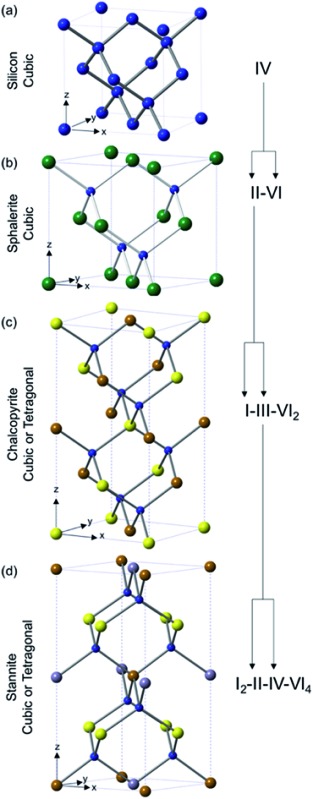- Record: found
- Abstract: found
- Article: found
Shining a light on transition metal chalcogenides for sustainable photovoltaics
research-article

13 March 2017
Read this article at
There is no author summary for this article yet. Authors can add summaries to their articles on ScienceOpen to make them more accessible to a non-specialist audience.
Abstract

Abstract
Transition metal chalcogenides are an important family of materials that have received significant interest in recent years as they have the potential for diverse applications ranging from use in electronics to industrial lubricants. One of their most exciting properties is the ability to generate electricity from incident light. In this perspective we will summarise and highlight the key results and challenges in this area and explain how transition metal chalcogenides are a good choice for future sustainable photovoltaics.
Related collections
Most cited references117
- Record: found
- Abstract: found
- Article: not found
Two-dimensional transition metal dichalcogenide nanosheet-based composites.
Chaoliang Tan, Hua Zhang (2015)
- Record: found
- Abstract: found
- Article: not found
The rapid evolution of highly efficient perovskite solar cells
Wolfgang Tress, Michael Saliba, Antonio Abate … (2017)

- Record: found
- Abstract: found
- Article: found